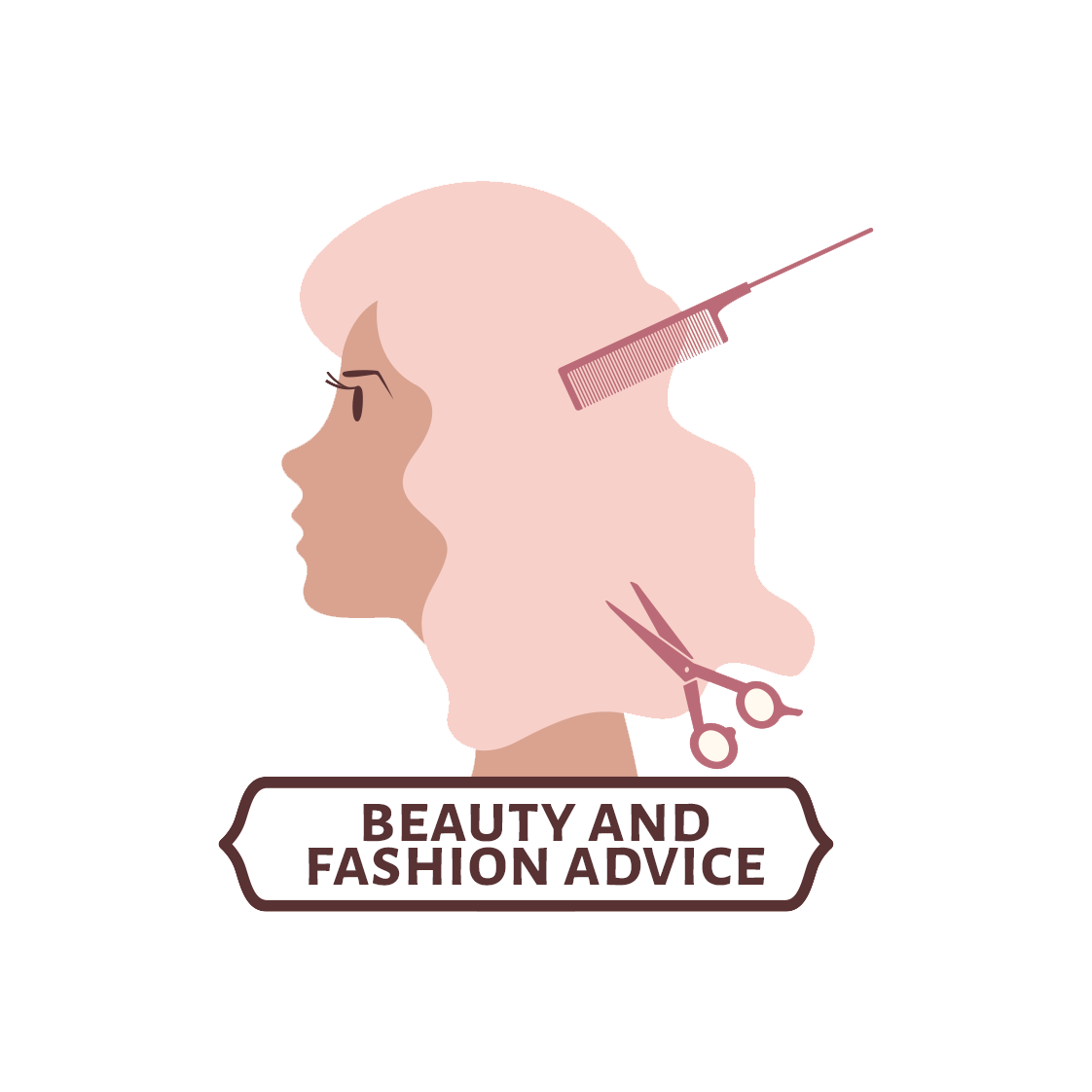Executives expected Trump’s latest round of tariffs, announced on 2 April, to be bad. They were far, far worse than imagined.
The “Liberation Day” tariffs on $2.5 trillion worth of imports moved executives from companies based in the US with overseas production to mobilise, calling board meetings and spending time on the phone with suppliers in countries like Vietnam, Cambodia and Bangladesh, which were slapped with 46 per cent, 49 per cent and 37 per cent tariffs, respectively. One US brand created a “tariff task force” on Thursday, assembled with team members across sourcing, production, product development, merchandising, IT and more. Stock prices tumbled, with the S&P 500 losing $2.4 trillion in one day. Companies like Nike, American Eagle, Gap, Ralph Lauren and Tapestry saw shares plummet as much as 30 per cent in the wake.
Chaos, uncertainty, anxiety and volatility were the common threads in conversations with brand executives and founders, many of whom spoke on background, citing potential retaliation from the Trump administration for speaking negatively about the tariff policy to the press. American Eagle, Capri, Ralph Lauren, Abercrombie & Fitch and Levi’s declined to comment or pointed to trade organisations, the National Retail Federation (NRF) and the American Apparel and Footwear Association (AAFA), for responses. Gap Inc, Tapestry, Nike, Nordstrom, PVH, J Crew, URBN and New Balance did not respond to a request for comment.
“These [tariffs] are significantly more than people expected,” says Jonathan Gold, NRF’s VP of supply chain and customs policy. “The administration needs to understand that this will be significant for retailers both large and small, especially small, because they can’t shift as quickly. They’re talking to officials and expressing concerns. Will they be able to stay in business with these cost increases? In understanding the real downstream impact that this has, from job losses, all the way to going out of business, consumer confidence is already down, and this will make it go lower.”
The NRF published a survey on 31 March that found 76 per cent of US consumers were concerned about the impact of tariffs on prices, while 81 per cent were worried about small businesses closing due to the economy.
For most brands, tariffs as high as 54 per cent (on China, the highest rate after the new policy) mean that they’ll have no choice but to raise prices, likely around 15 per cent on average, according to sources. Discussions with vendors have centred around how much of the cost they can absorb without being pushed to the brink, but overseas manufacturers notoriously operate on razor-thin margins already; restructured supply chains and nearshoring could put them out of business. Ideas to soften the blow to consumers by being transparent about why prices are going up — naming the tariffs directly, potentially as a line item like taxes — have been batted around, but fears of angering the administration loom.















